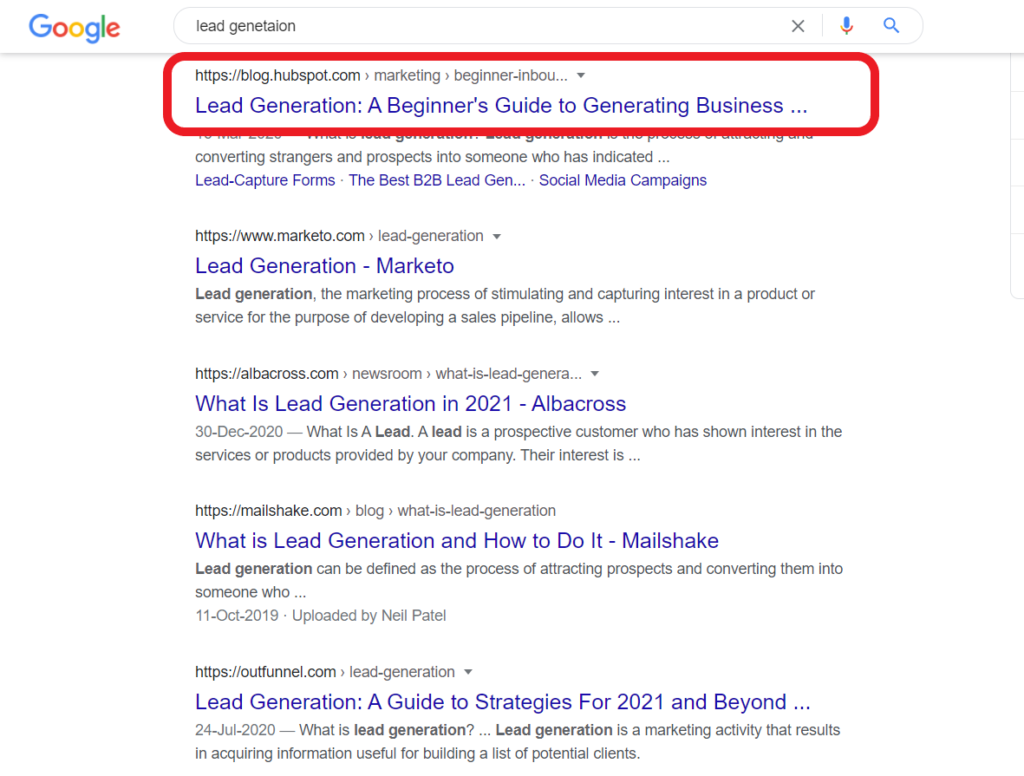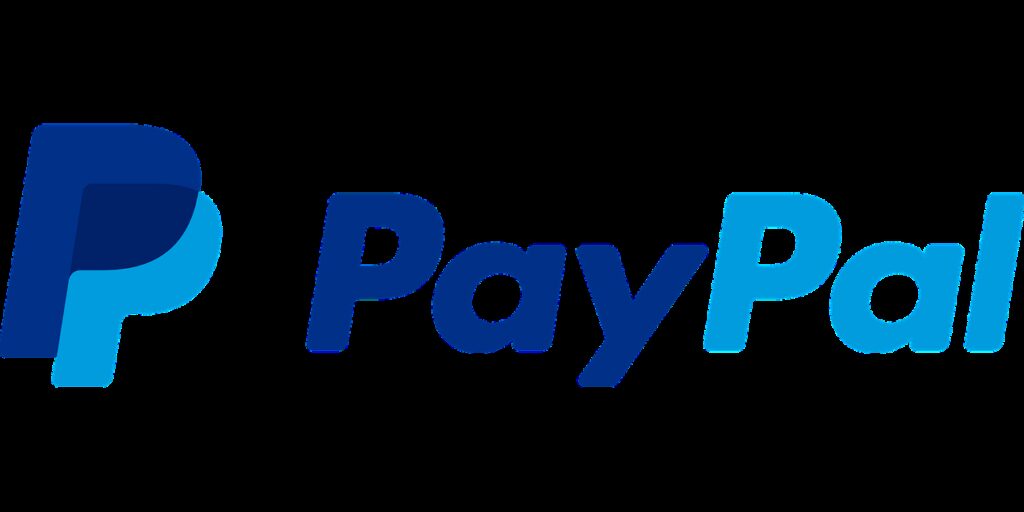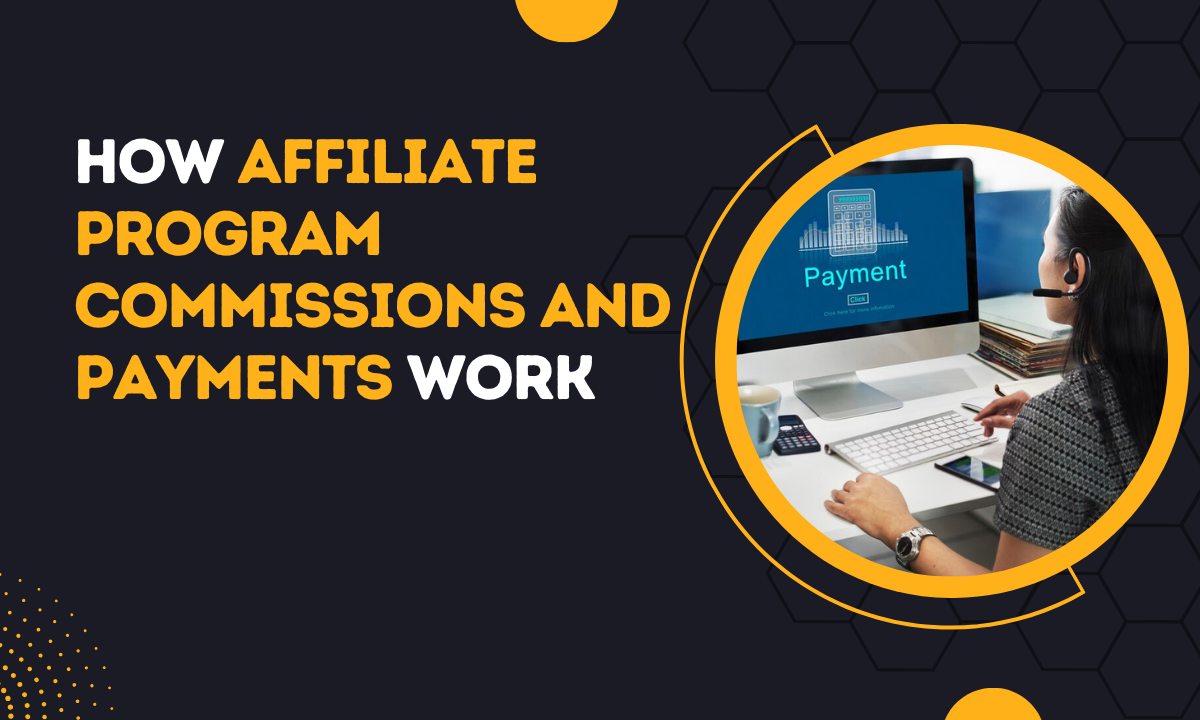How Affiliate Program Commissions And Payments Work
Affiliate marketing is a lucrative way to generate passive profits for your blog or site.
If you’re already engaged in affiliate marketing, I’m sure you’re aware that there’s a lot of money to be made for those who are successful in this area.
Currently, there are various types of affiliate programs like traditional, lead generation, and MLM affiliate programs. For these programs, the payment systems are based on either PPI, PPC, or PPA. Also, a number of payment options are in vogue, the popular ones being PayPal, Stripe, Skrill, and Venmo.
And if you are interested in affiliate marketing, you must know about the upsides and downsides of affiliate marketing .
Yet few aspiring affiliate marketers understand how affiliates are paid. The fact is, this subject is usually not addressed.
And because of this lingering concern, potential affiliates are reluctant to enter affiliate marketing
In this article, we’ll go over how affiliate partners (or publishers) are compensated, so you can better appreciate the various payment methods available to affiliates.
Table of Contents
ToggleTypes Of Affiliate Programs
As you grow your blog there will be a need to take smart action for monetizing your blog. And while you’re at it, you may also like to know more about actions to monetize your blog with affiliate marketing.
Before we get into affiliate payment options, it’s important to understand the various types of affiliate programs available:
1.Traditional Affiliate Program
In this program, an affiliate receives a referral connection, and if a transaction is made through that link, the affiliate receives a fee.
2.Lead Generation Affiliate Program
Lead generation affiliate networks connect publishers to affiliate programs.Then these affiliate programs help the publishers to promote lead generation-related offers.

Lead generation networks can be very lucrative and often ignored.
However, this is an extremely effective form of affiliate marketing. These types of deals pay out a lot of money to mobile publishers.
Networks for lead generation can be well worth your time. There’s a lot of room for affiliate marketers and companies who want to get involved.
Notably, key players like Fiverr and BlueHost provide fantastic affiliate services from lead generation.
3.Multi-level Marketing (MLM) Affiliate Program
As in a conventional affiliate program, a publisher (or affiliate) receives an affiliate commission for sales in MLM programs.
They will, however, be credited for hiring new affiliates. This means that if an affiliate refers to “someone”, and this “someone” in turn makes a sale, the affiliate also receives a commission.
4. Affiliate Networks.

In this system, an affiliate receives a commission by promoting the goods of another business or individual through an affiliate network. And the affiliates are compensated a percentage of the profit from each sale.
Affiliate ties, that lead the prospect from one website to another, are then used to monitor the leads and sales. Three parties are needed to make this strategy work:
1.Sellers or makers of products
2.Advertisers/publishers ( affiliates)
3.The client
There are plenty of companies that offer affiliate networks systems,which include ShareASale, CommissionJunction, Clickbank, Amazon Associates, and several more.
According to a market report on affiliate marketing, currently affiliate networks are experiencing a phase of expansion. And as per Mediakix 80% of brands and 84% of publishers leverage affiliate marketing
Today, seven out of ten marketers plan to increase their affiliate network marketing expenditure in the coming years.
5.Tiered Affiliate Network.
A tiered affiliate programme is an affiliate marketing model that allows you to earn commissions not only on your own purchases, but also on sales made by others (your sub-affiliates).
A rough example of a two-tier affiliate system would look like this:
Tier1: 20% commission on all direct sales made by your referrals.
Tier2: 8% commissions on sales produced by your sub-affiliate referrals
You receive standard commissions from directly referred customers, as well as a smaller percentage from affiliates who signed up using your connection.
Types of Affiliate Marketing Commissions
Affiliate marketers can be compensated in a variety of ways.
They can be PPC, PPA,PPI, credit commission, monetary commissions, discount commission etc.
Let’s take them one by one.
Pay-Per-Click (PPC)

Pay-Per-Click is popular among bloggers or those with high-traffic websites.
It essentially needs viewers to click on links to get to your website, and every time they do, you get a new visitor. The writer earns a few cents each time this happens.
No sales are required. You simply pay for traffic that will hopefully result in new customers.
However,if you think the writer is clicking the link themselves or using automated methods that don’t get you new customers, you can refuse to pay them.
Pay-Per-Action (PPA)
Pay per action is where you pay.
Most people who participate in pay-per-action will make more money. There are a few approaches you can take.
Leads and sales are the two most common methods.
Leads need the creator(you) to collect information from their readers in order to contact them about your items.
Sales employ pay-per-click strategies, but the customer is monitored when he visits your website. If a transaction is made, the affiliate partner will be paid more.
Pay-Per-Impression (PPI)
Pay-per-impression (PPI) is a payment system that depends on the number of impressions (or views) received from an advertisement. Another abbreviation for PPI is CPM ( cost-per-mille) or cost-per-thousand-impressions.
Display advertising, text ads, video ads, interactive ads, and other ads often use this compensation model.
More advertisers use PPI rather than PPP model, as a payment process .
Hence the payment rate varies, but it is more commonly accepted than the PPP pay out model.
Every time an ad is viewed, the advertiser pays the ad network and the publisher.
Credit Commission System

Some affiliate programmes also enable affiliates to apply their affiliate earnings to the goods or services of the online company.
For instance, if a publisher has a subscription to a paid membership site, then their affiliate earnings can be used for the renewal of that subscription.
Some affiliates prefer this form of payment because it allows them to save money on subscriptions and business expenses.
Monetary Commission System
The most common and prominent method of compensation for affiliates is through monetary commissions.
That is, when a publisher makes sales and earns commissions, the online company for which they are an associate pays them in cash.
Discount Commissions System
Affiliates that generate a sufficient number of referrals may be eligible for discounts from certain programs.
Retail and health-related partner services are particularly fond of this form of payment.
The publisher’s discounts usually increase after a certain amount of purchases and conversions. This gives them more purchasing power on goods they enjoy, from companies they trust.
Payment Options for Affiliate Commissions
There are several options you can use to pay your affiliates, whether you have a small or large affiliate program.
PayPal

PayPal is one of the most widely used online payment systems.
The beauty of PayPal is that it does not allow affiliate programs access to their publishers’ banking information.
Instead, all publisher’s commissions are sent to their PayPal account. This, they can then pass to their outside accounts.
Another advantage of PayPal is that it is well-suited to foreign customers.
Stripe
Stripe is a great affiliate payment processor.
It operates similarly to PayPal. All the publisher has to do is provide the affiliate program with an email address.
Besides, Stripe also integrates with third-party software to make handling and paying members more convenient and streamlined.
Skrill
Skrill is slang for money. And this company was formerly known as Moneybookers.
It is another excellent payment processor used by affiliate programs, particularly those with foreign affiliates.
Skrill’s cool feature is that affiliate pay-outs can be converted to any currency. So regardless of their coordinates in the world, affiliates can receive an accurate payout.
Venmo
Venmo is a service that allows you to send money
PayPal now owns Venmo, which is a payment app. Affiliates can be charged via transfer using this service.
However, the only disadvantage of Venmo is that it requires all parties to be located in the United States.
Obviously, this is not suitable for organizations that have affiliate schemes in other countries.
Frequency Of Payment For Affiliate Marketers
The number of times per month an affiliate marketer is paid is determined by the affiliate programme in which they participate.
The majority of affiliate programmes pay their affiliates once a month, but others pay quarterly.
Many affiliate programs pay only when an affiliate’s cumulative earnings exceed a certain threshold.
Related Aspects
Affiliate programs usually pay by percentage, and the average affiliate commission is between 5–30%. Some of the high-paying affiliate programs are amoCRM, Leadpages, Teachable, and GetResponse. And the top affiliate marketers today are Pat Flynn, Finch Sells, Missy Ward, and Shawn Collins.
Conclusion
Choosing the best commission rate and compensation model for an affiliate program is all about striking a balance, between a fair offer, and the affiliate’s own operational costs.
That’s why it’s beneficial for an affiliate to be aware of all factors that affect their affiliate income.
You will make a more informed decision about entering a program by evaluating programs and considering commission cost, price, demand, audience, and other incentives. That’s what this post has endeavored to cover.
Hopefully, this post has provided you with a deeper understanding of affiliate marketing and affiliate commissions.

